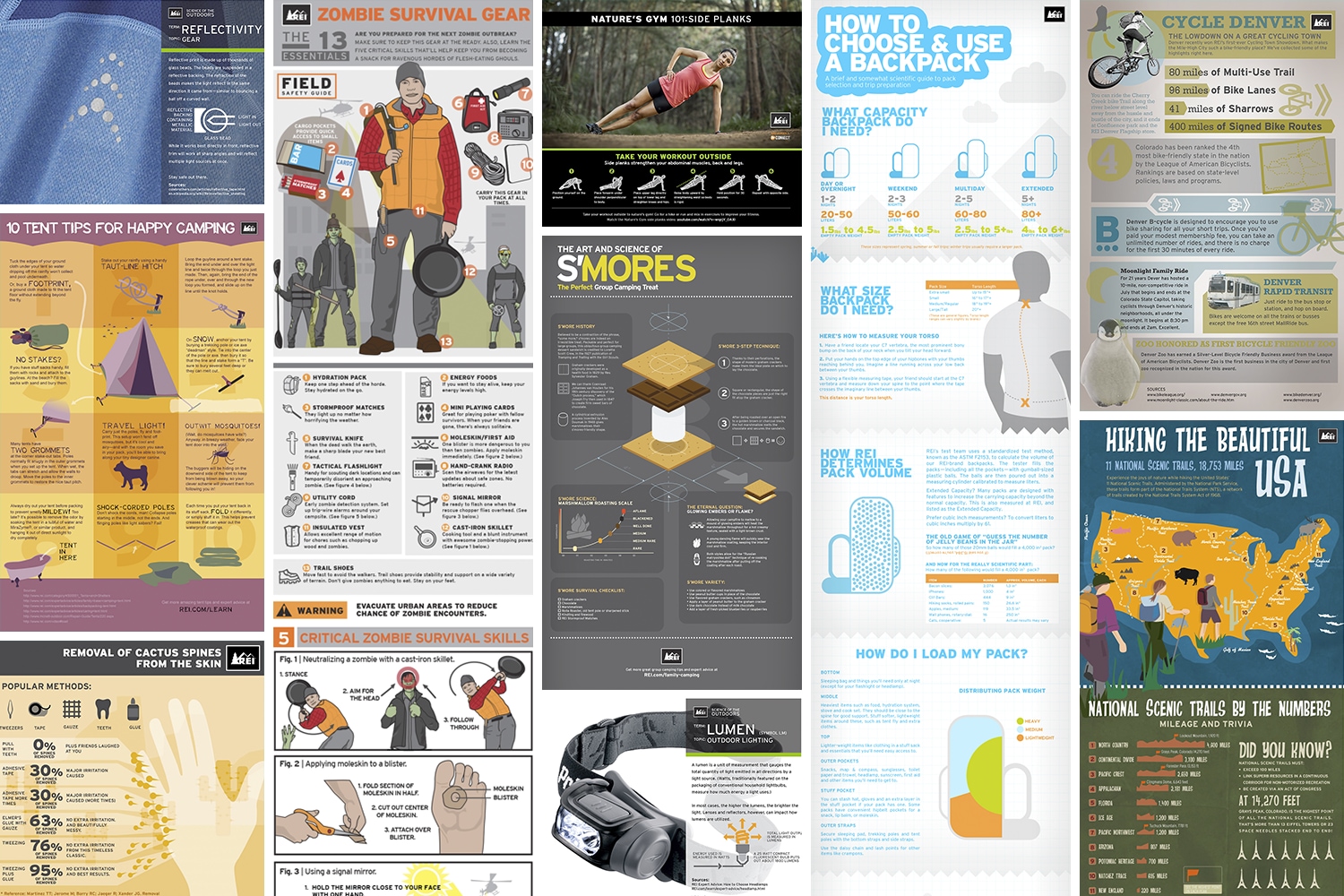Future Innovations In Tent Insulation Systems
The Very Best Knot Techniques For Outdoor Tents Person LinesThe Hold Hitch is a straightforward and safe method to set outdoor tents man lines. It's also a great strategy for backing out a stubborn tent fix. It can likewise be used to develop an adjustable tarpaulin person line where the adjustment is made at the tent/tarp end. It serves in high winds as it doesn't slip.
1. Bowline
Bowline is a knot that makes a loophole at one end of a rope. It's very easy to link and unknot, and it stands up to obstructing fairly well.
It's additionally a very good knot to use for joining 2 lines with each other, although it's usually recommended that you use a various strategy (such as a sheet bend or square knot) for this objective, to stay clear of having both different bowlines use versus each other gradually and deteriorate the line.
One prospective issue with bowlines is that they can easily jam or bind if the working end is incorrectly passed through the rabbit opening. Numerous important failings have been reported as a result of this, particularly when used in climbing applications. To aid stop this from occurring, you can make a left-handed bowline by passing the end around the standing part of the loop instead of via it, as received the computer animation below. This variation reportedly executes better and stands up to ring stress (a distending force applied either side of the knot) far better than the typical bowline.
2. Grasp Drawback
Using these gripping drawbacks to protect your man lines helps you stay clear of the trouble of your line jamming while changing or tightening them. They are also useful when affixing a line to an item that is more difficult to reach than your standing end, such as a tree or huge support object.
The Grasp Drawback is a friction knot that can be conveniently moved up or down the line while slack however holds firm under load. It serves for tensioning ridgelines or man lines and for camping applications to secure tarpaulins or camping tents.
To tie the Grasp Hitch, pass the working end around the standing component twice and put it under itself. To tighten, pull on the working end to develop a bight and after that use the bight to protect the knot to itself. For added protection, you can wrap the working end around the standing component three times to raise friction and prevent the drawback from slipping under lots.
3. Midshipman's Hitch
Additionally referred to as the Taut Line Hitch (ABOK # 1856, p 310), Flexible Hitch, or Rigger's Drawback this knot creates a flexible loop at the end of a rope that can be glided backwards and forwards the standing end but still holds securely when tightened. It is additionally easy to unknot while under tons.
Ashley advises this knot for a camping tent guy line since unlike the bowline it can be tied while under tons and is less susceptible to twisting. It likewise forms an intermediate Awning Hitch that can take the first tons while linking the final Fifty percent Hitch
To utilize this knot wrap the functioning end around an object such as a pole or cleat. Following pass it back toward the things through the initial Half Drawback creating a second Awning Drawback. Finally coating tying the last Half Hitch and draw hard to dress and tighten up. For added safety and security cover a second Midshipman's Hitch on top of the very first.
4. Flexible Hold Drawback.
The Adjustable Hold Drawback, also referred to as the Crawley Adjustable Drawback and the Adjustable Loop Knot, is a rubbing drawback that can be easily moved up or down a line with slack yet holds firm under load. It is frequently used for changing outdoor tents ridge lines or tarps around camp.
This slide-and-grip knot offers excellent grip and is simpler to link than the Tautline Hitch or Midshipman's Hitch, however should not be used for important applications since it may slip when shock filled. It can be improved by adding extra beginning turns to increase the "grip" and rubbing in unsafe products.
To tie this friction drawback, pass the functioning end around the object, then canvas travel bag cover it back along with itself and tuck the end under the 2nd turn. Draw the working end to tighten the knot.
